
This post was written by Matt Rice, 2015 & 2016 Mono Lake Intern.
Being new to birding, I find myself flipping through guidebooks and being overwhelmed by the variety of species of birds that the Mono Basin has to offer. Tired of the confusion, I decided to make a list of all the birds I might encounter this summer. During this process, I came across some birds that shared the same common names, like Wilson and Brewer, and I decided to do a little research on who these birds were named after. I found the histories of these ornithologists fascinating and thought that I would share some of my favorites!
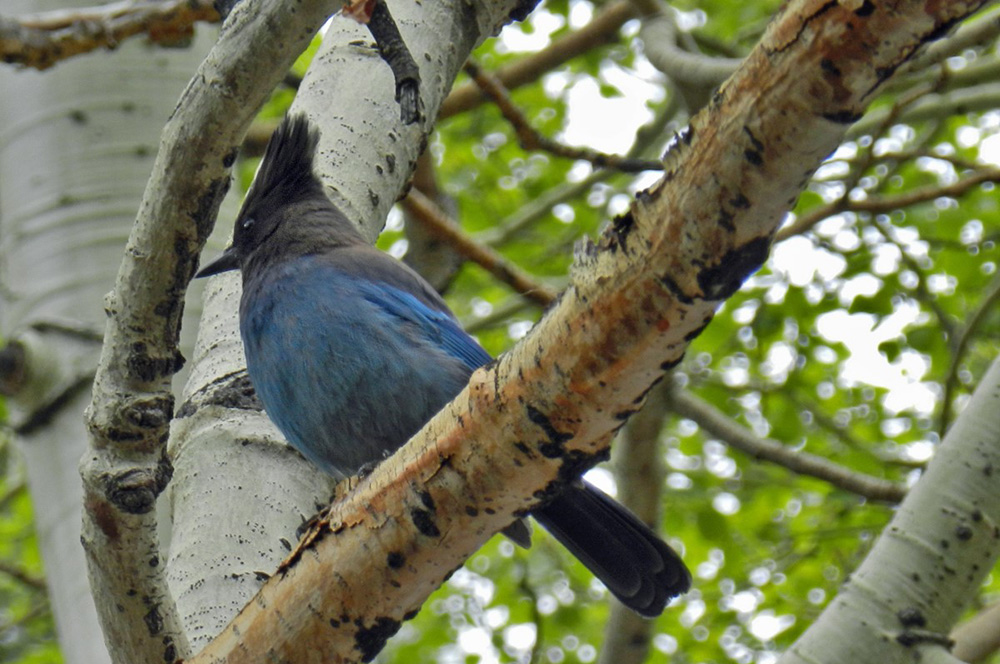
Steller’s Jay: Named after the German botanist, zoologist, physician, and explorer Georg Wilhelm Steller (1709–1746). Steller was enlisted by Vitus Bering as a physician and naturalist aboard the ship St. Peter as part of the Great Northern Expedition. When the expedition went awry, Steller found himself stranded on what is known today as Bering Island. There he identified a variety of animals that were later named after him including the Steller’s Jay, Steller’s Sea Eagle, and Steller’s Sea Cow. He is considered to be one of the first Europeans to step foot on Alaskan soil and published a book called: The Beasts of the Sea (De Bestiis Marinis).
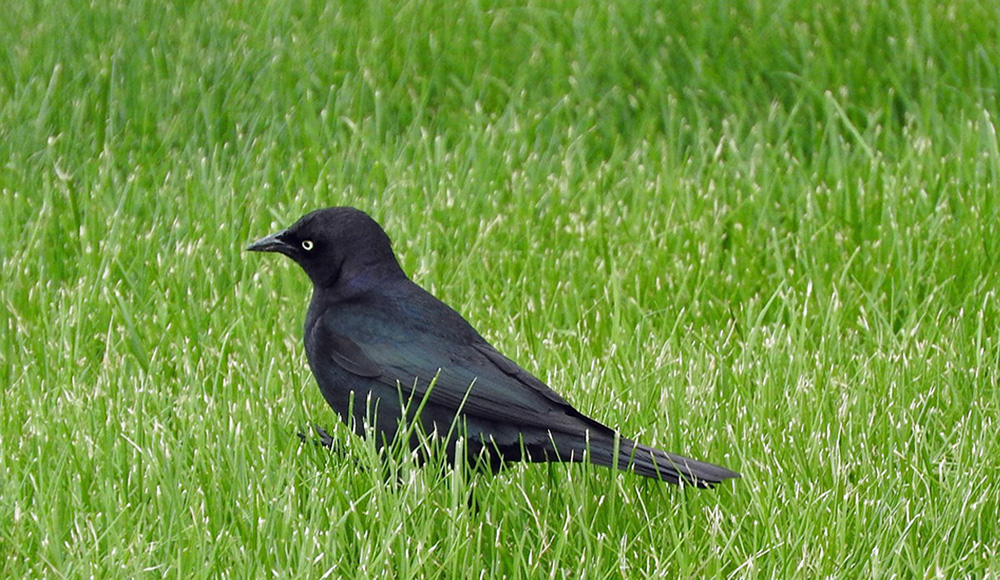
Brewer’s Blackbird: Named after Dr. Thomas Mayo Brewer (1814–1880). Brewer graduated from Harvard Medical School but quickly became disinterested in medicine and shifted his focus to ornithology, writing, and politics. Brewer worked at the publishing company Hickling, Swan & Brown, during which he published new editions of Alexander Wilson’s Birds of America, into which he added more information about the birds. Brewer was a friend of John James Audubon (who named a species of blackbird after him) as well as one of the co-authors of A History of North American Birds, a three-volume set that was published in 1874.
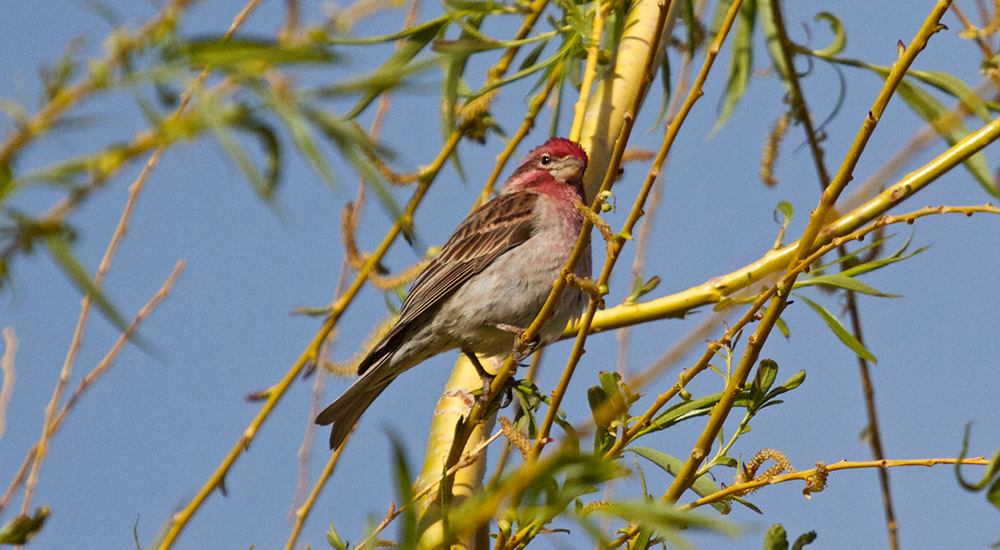
Cassin’s Finch: Named after the American ornithologist/taxonomist John Cassin (1813–1869). Cassin wrote many books in his lifetime but his most notable was Illustrations of the Birds of California, Texas, Oregon, British and Russian America, and was a co-author of the 1860 Birds of North America. Cassin named 198 birds that had not been previously described by Wilson or Audubon and died in 1869 of poisoning caused by the handling of bird skins that were preserved in arsenic.
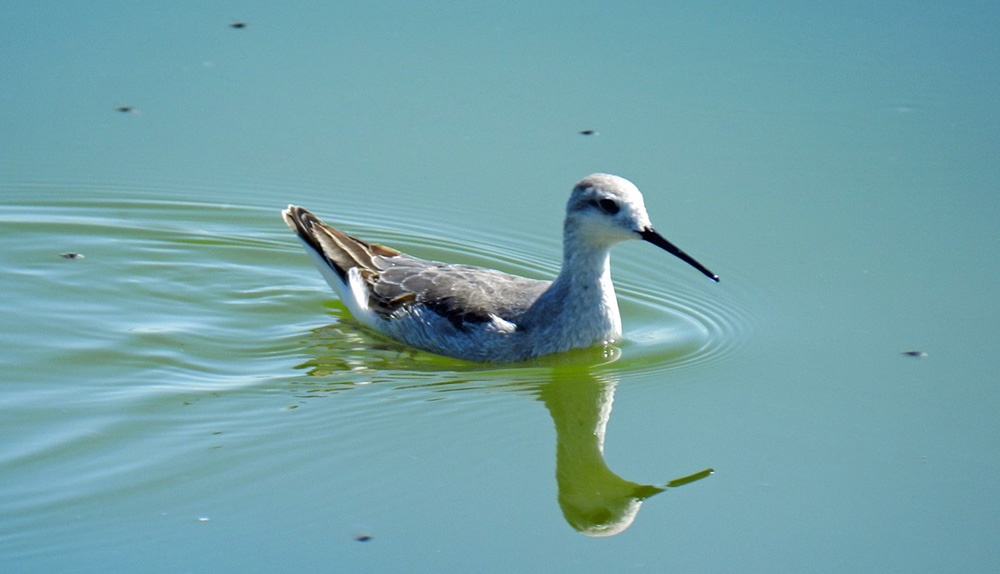
Wilson’s Phalarope: Named after the Scottish-American poet, ornithologist, and illustrator Alexander Wilson (1766–1813). Regarded as “the father of American Ornithology,” Wilson was inspired to travel and publish a collection of illustrations of the birds of North America. From 1808 to 1814 Wilson collected specimens for his nine-volume American Ornithology. Of the 268 species of birds illustrated, 26 had not been previously described.
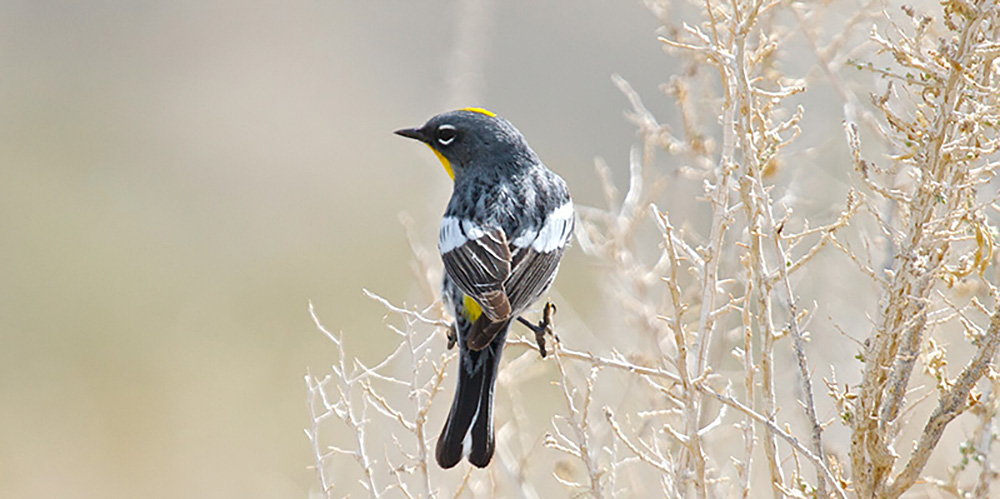
Audubon’s Warbler (Yellow-rumped Warbler): Named after the American ornithologist, naturalist, and painter John James Audubon (1785–1851). After immigrating to America at the age of 18 to escape conscription into Napoleon’s army, Audubon became a failed businessman and was briefly jailed in 1819 for bankruptcy. Upon being released, Audubon traveled south on the Mississippi River with his gun, a set of paints, a young assistant, and a wild desire to surpass the earlier work of Alexander Wilson. From 1827 to 1839, Audubon compiled what is now known as The Birds of America, a collection of 435 life-sized prints, which quickly overshadowed Wilson’s work and is still popular to this day.

Nice history lesson. Thank you.
I love to hear the backstories -now maybe I’ll remember which birds they are!
Oh, thank you. Hope to get up there soon to see the birds.
It helps to have some previous knowledge; so I’ll be sure to mark your researched birds in my bird book. I love Mono Lake, and I promise to renew as soon as I can. Hope you escape hardship like the recent Lake Isabella
fire.